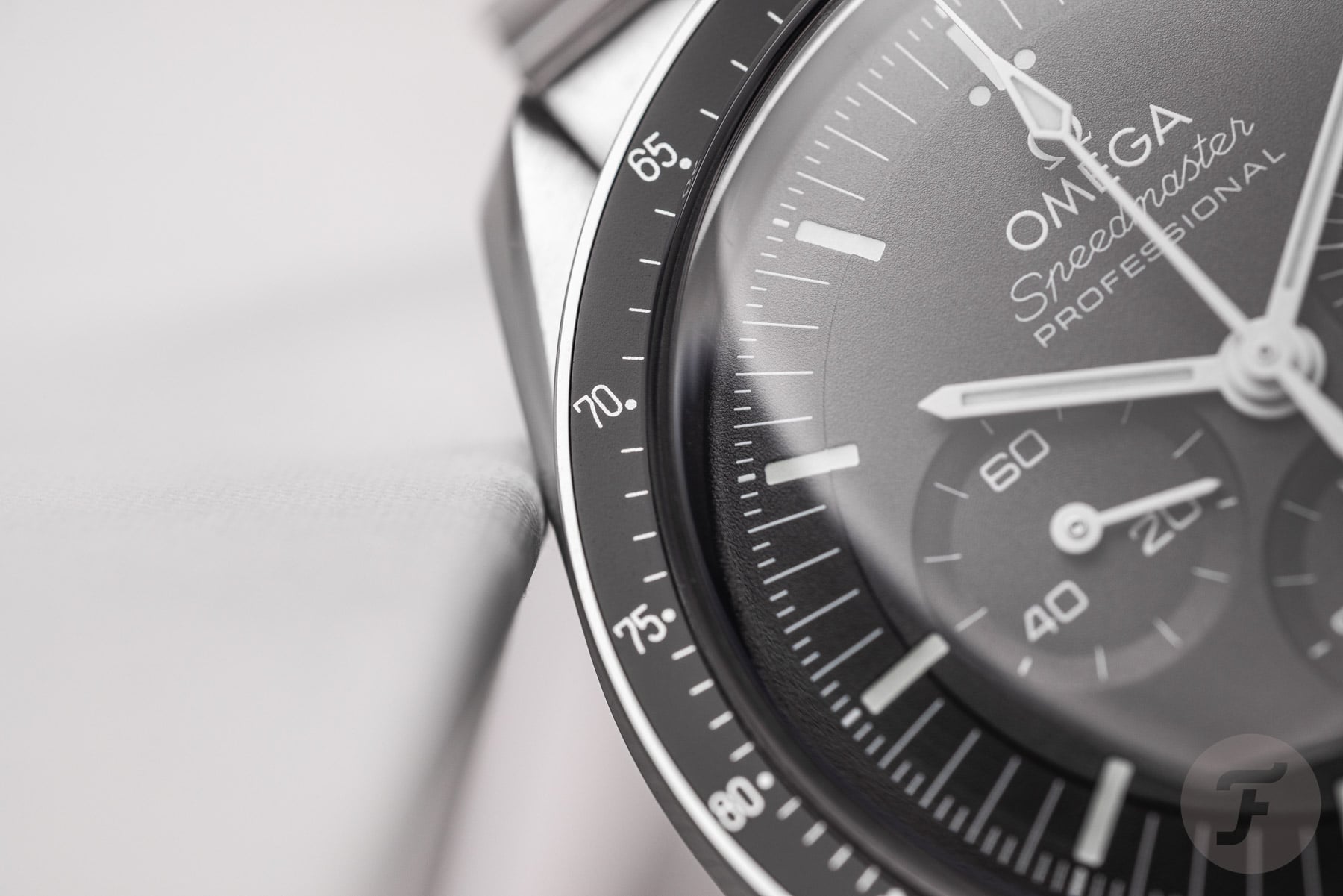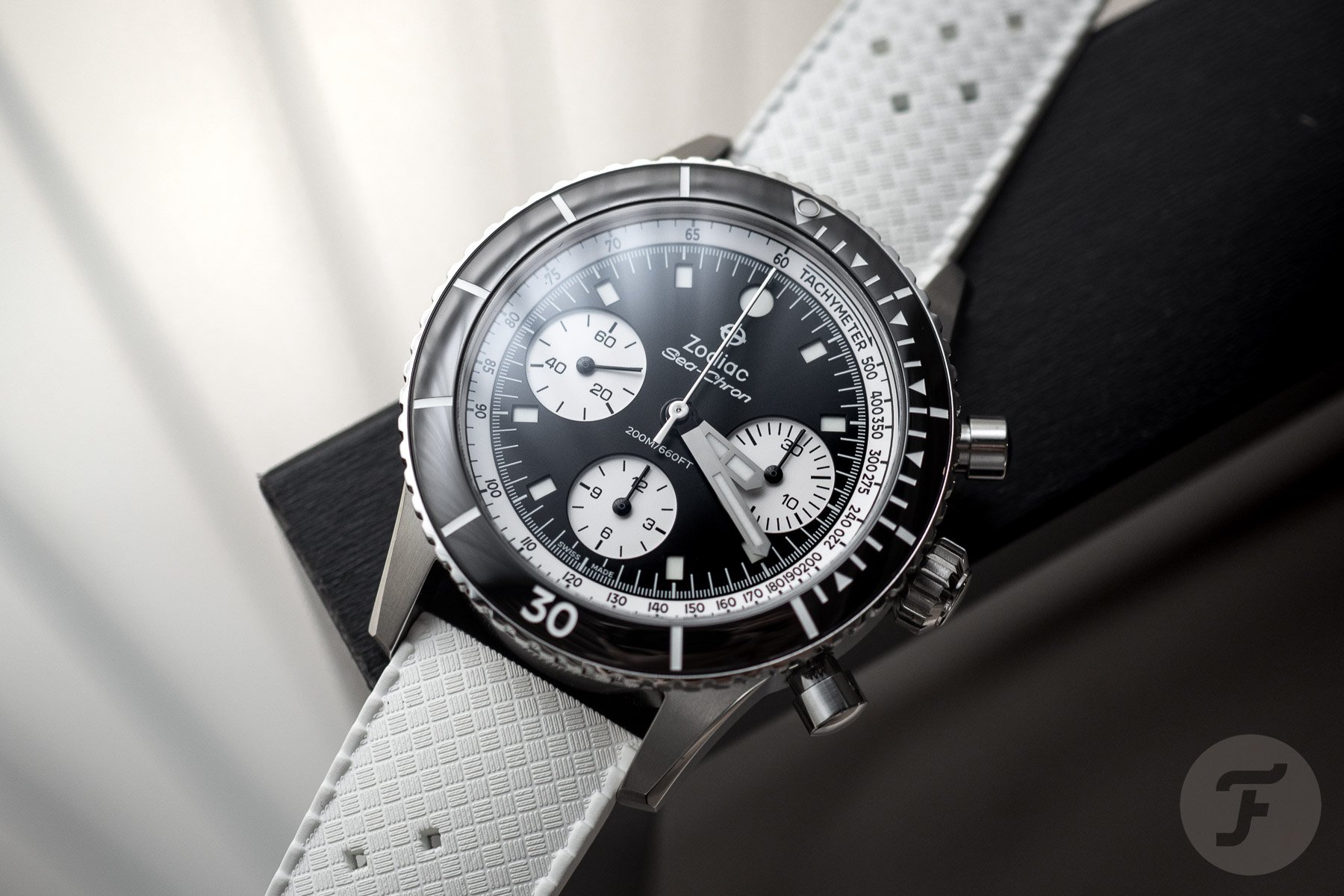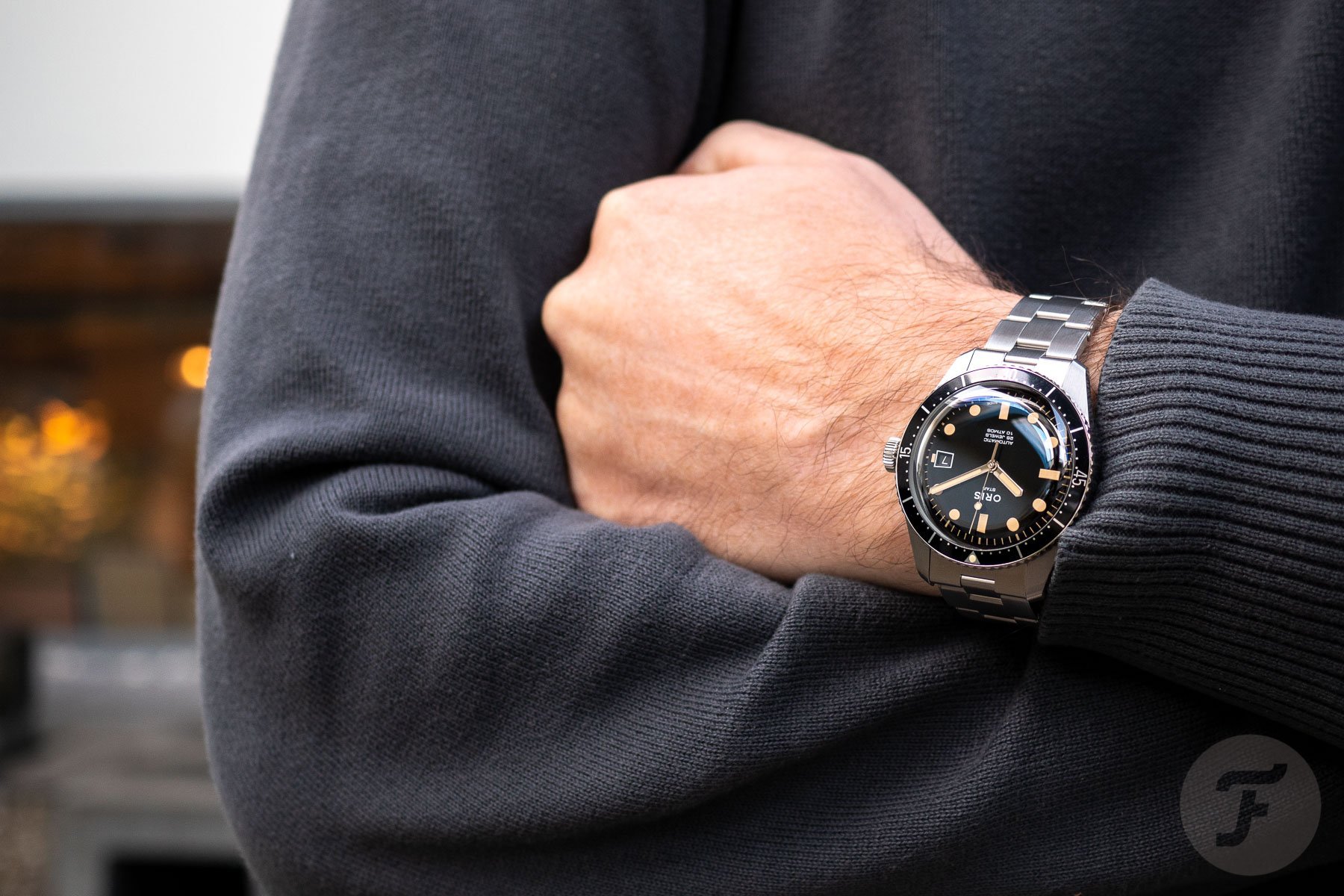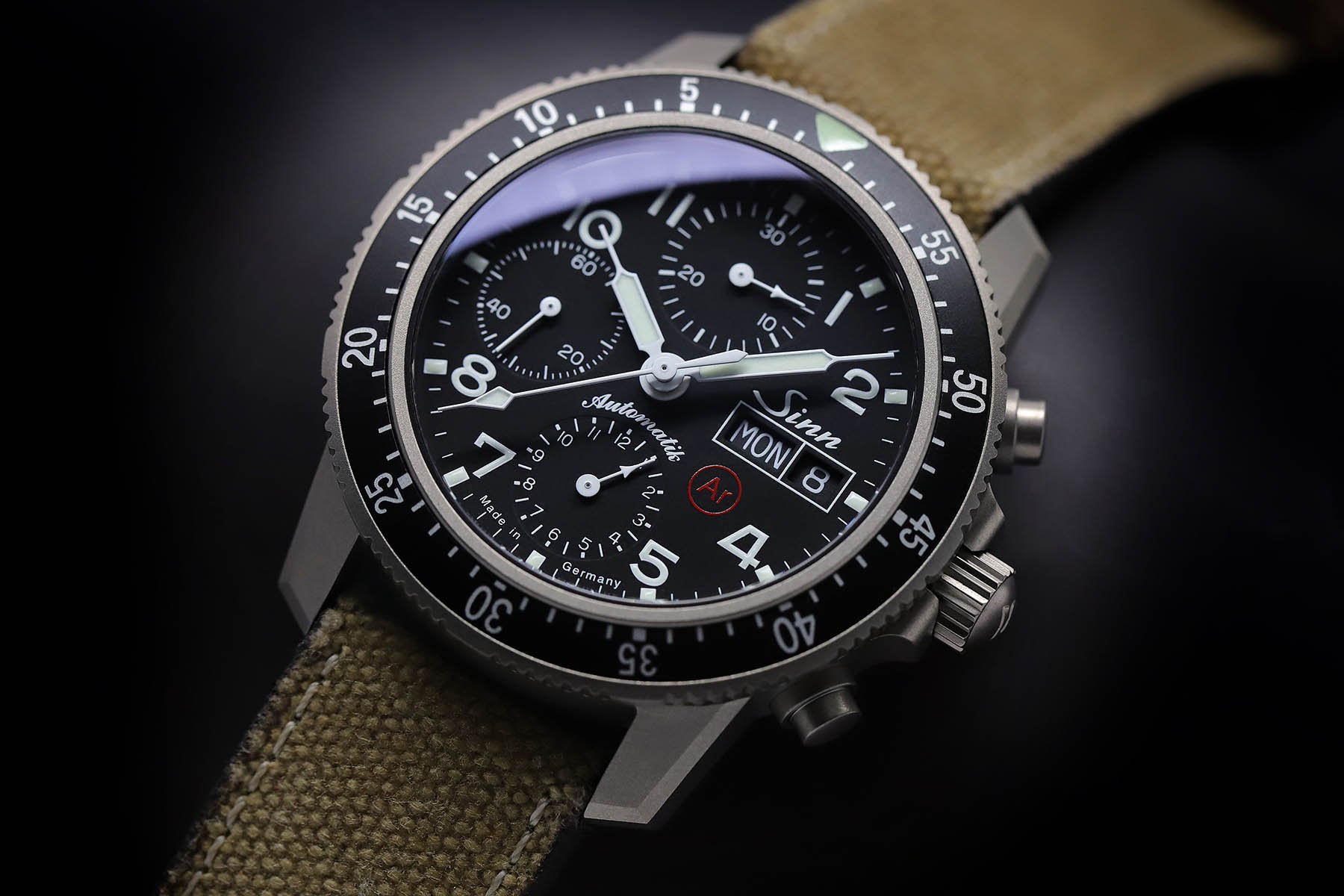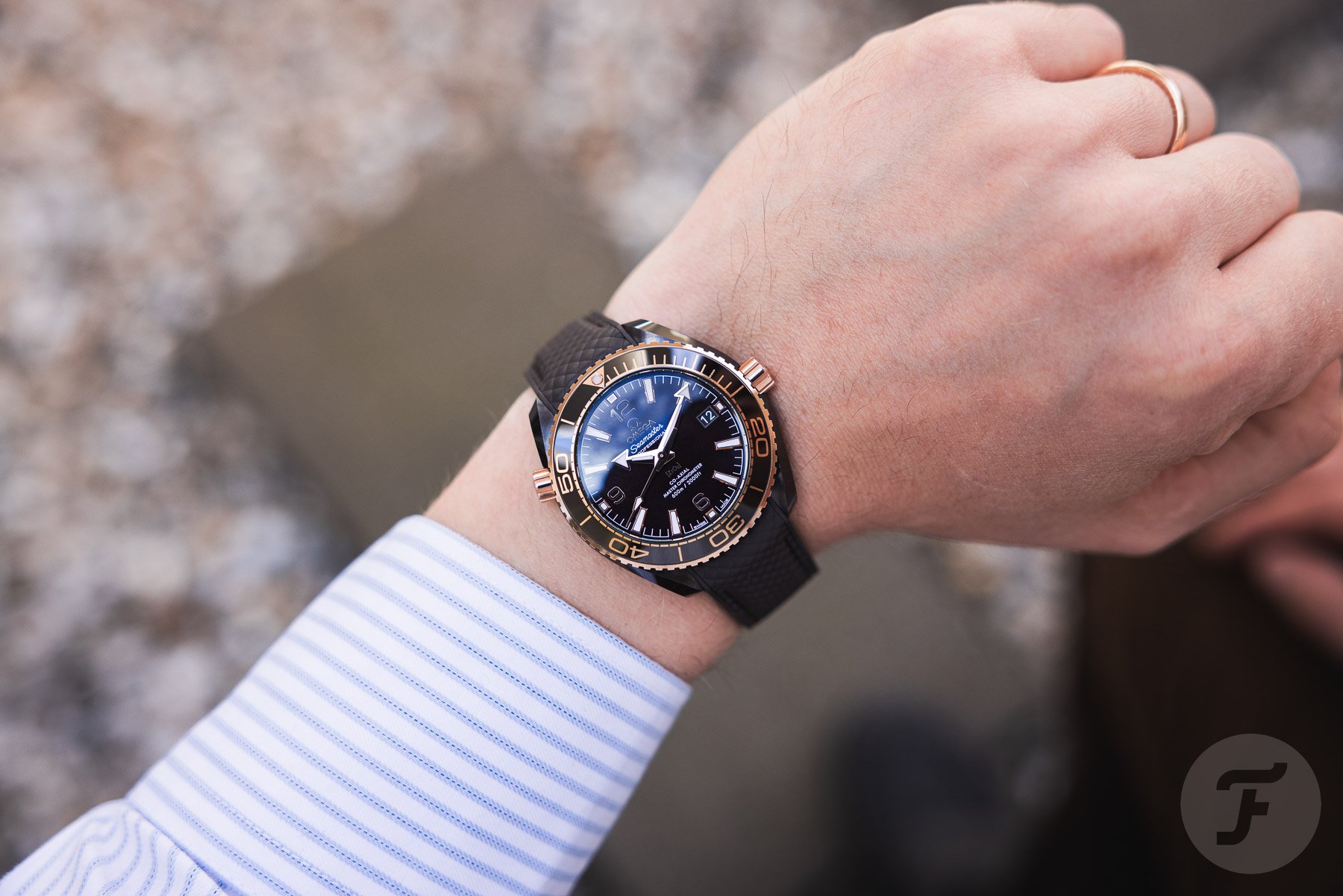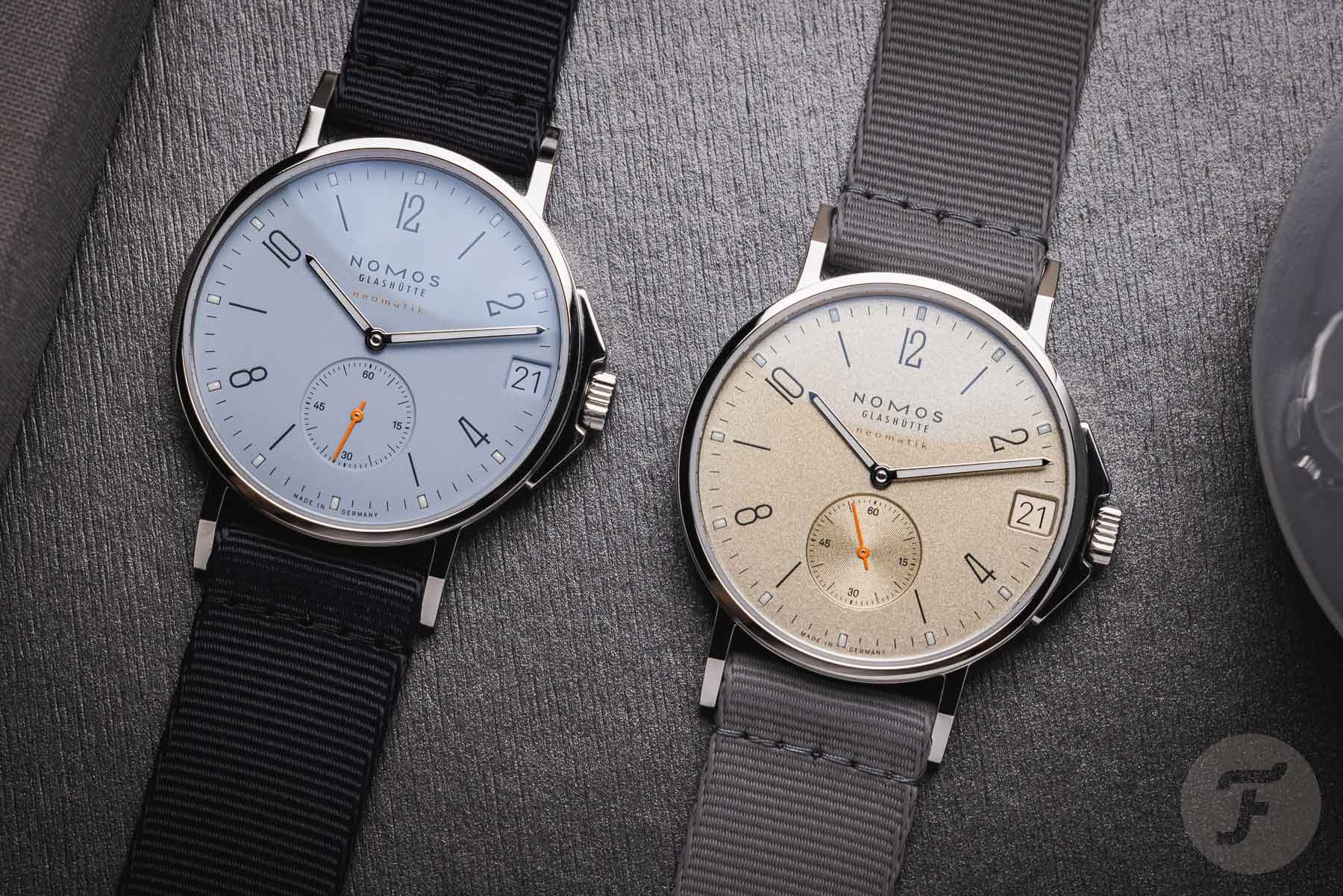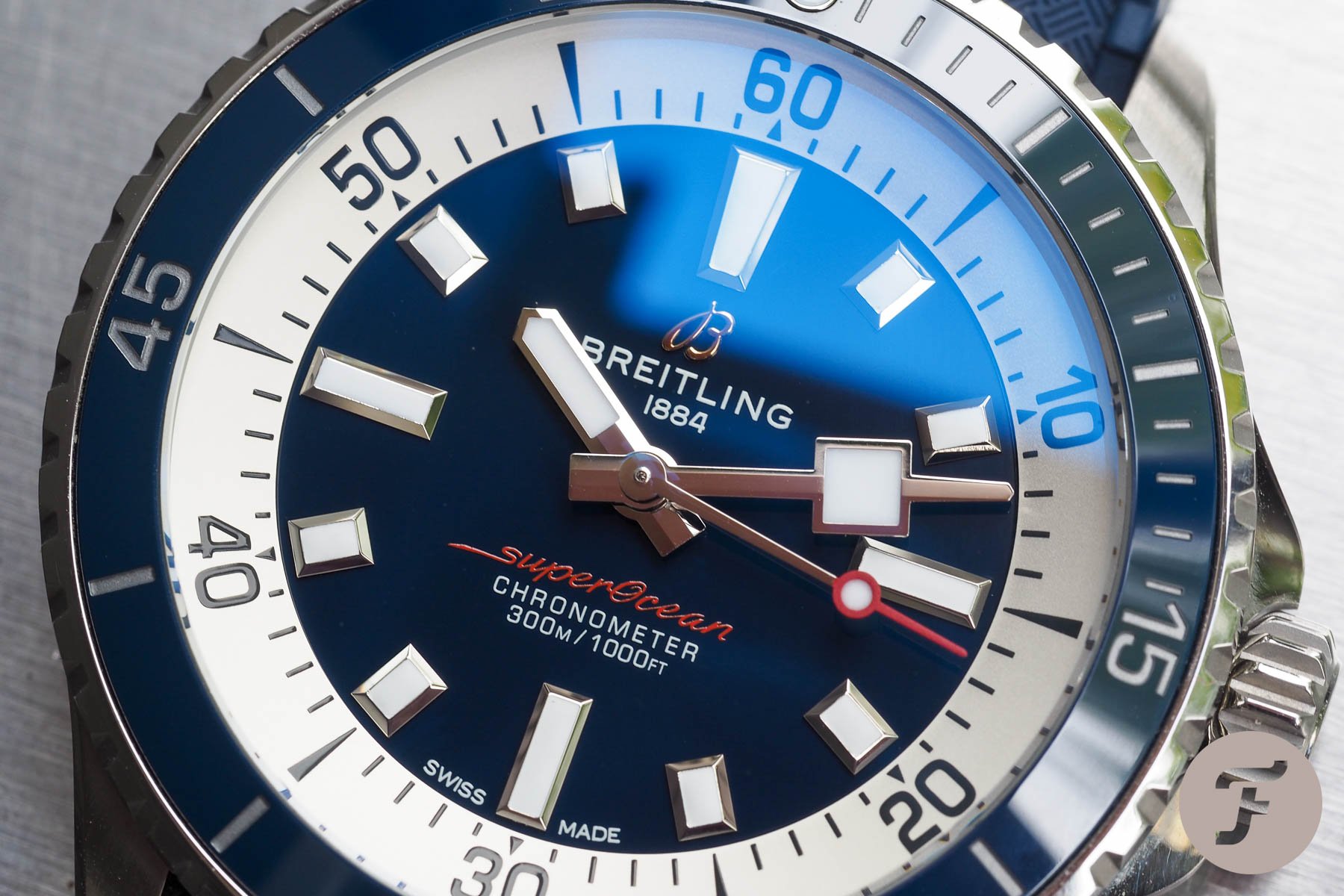How Watches Work: Antireflective Coatings
In the ornate corridors of horology, every tiny detail can sway our perceptions and experiences. From the rhythmic cadence of a tourbillon to the tactile feel of a bezel, every element and each nuance matters. Among these nuances, the unassuming crystal plays a pivotal role. It acts as a window into the watch, allowing us to read the time while protecting the delicate mechanics within. But as with any window, it can be clouded by the interruptions of glare and reflection. Enter the unsung hero for watch photographers worldwide — antireflective (AR) coatings. This sophisticated technology breathes life into the crystal, minimizing glare and allowing unfettered visibility and legibility.
Delving deeper into this topic, let’s unravel the secrets of AR coatings. The principle is rooted in the science of optical physics. As light strikes a surface, it tends to reflect, causing glare. An AR coating’s task is to minimize this. By carefully depositing multiple layers of specific materials with varying refractive indices onto the crystal, the light waves suffer from constructive and deconstructive inference.
The science behind the sheen
When light waves reflect off the AR-coated surface, some of these waves become out of phase due to the added layers. This means that the peaks of one wave align with the troughs of another. As a result, they cancel each other out, leading to the significant reduction or even elimination of reflections.
Layer me up, Scotty
You’ll often hear brands mention “x layers of AR coating.” This is because each layer combines with previous layers to cancel out a broader range of light waves. By ensuring that the reflection from the second surface is precisely half a wavelength out of phase with the reflection from the first surface, an AR coating makes the two reflections neutralize one another, thus eliminating them. This a simplified explanation, of course. It is based on a single wavelength of light entering a lens at a normal incident. AR coatings are much more complex in real-world applications and have to factor in multiple wavelengths at different incidents.
A clear but colored view
When viewed at an angle, some AR coatings have a slight tint, often called “residual color.” This coloration comes from how the AR coating interacts with the spectrum of visible light. Each AR coating reflects a particular color more than others, usually around 1% more. For example, my Breitling Superocean Abyss reflects a blue tint. Watch brands often pick the main reflected color based on performance or production goals. Keeping consistent quality during production is also crucial. Small factors like equipment cleanliness or changes in humidity can affect this reflected color.
Many AR coatings reflect most in the green part of the light spectrum, which is between 520 and 550nm. This is because green is easier to produce consistently. Some makers shift this to blue or yellow for various reasons, like how our eyes work in different lighting. However, there are no solid studies that find conclusive evidence to suggest one color is technically “better” than another.
The delicate dance: external vs. internal antireflective coatings
Yet, as with all advancements, challenges loom. The most notable challenge with AR coatings is finding the delicate balance between internal and external applications. Reflections can occur on both sides of the crystal, so in a perfect world, we would eliminate both. However, while the crystal protects an internal AR coating, an external coating is vulnerable to the elements.
Regular daily use of the watch can result in visible scratches and wear. The juxtaposition is poignant: the same technology that grants us enhanced visibility can, if not handled with care, become a canvas of scars. For that reason, you’ll most commonly find AR coatings limited to internal application on watches expected to take more of a beating. These include dive watches and other general tool watches, for example. Dress watches and those worn in more refined environments may see dual-sided applications.
From eyewear to “I wear”
Historically, the magic of antireflective coatings was first harnessed for eyewear. It was particularly revolutionary for drivers, who needed to reduce glare from wet roads that impeded their vision. With time, watchmakers, ever in the quest to perfect their creations, adopted and refined this technique. With its perpetual (albeit often slow) embrace of innovation, luxury watches soon became a prominent canvas for AR mastery.
Reflecting on antireflective coatings
So, what makes antireflective coatings an unsung hero in the echelons of horological marvels? It’s the dance of science with art, the marrying of function with form. As we look down at our wrists, the world reflected is both clearer and richer thanks to these microscopic layers. It’s a testament to the lengths (or, should we say, wavelengths?) the industry will go to perfect even the tiniest details. In the ticking heart of our beloved watches, AR coatings exemplify the pursuit of clarity, literally and metaphorically.
What watches of yours have the best (or worst) AR coatings? Let us know in the comments below!

